Galp Energia Reports 29% Drop in Q1 Profit Amid Oil Output and Refining Challenges
Galp Energia $GALP.LS, one of Portugal’s leading energy companies, reported a sharp decline in first-quarter earnings as lower oil production volumes and shrinking refining margins weighed heavily on performance. The results highlight the growing pressures facing integrated energy companies in a volatile commodity environment.
First-Quarter Snapshot: Key Metrics at a Glance
In its latest earnings release on Monday, Galp Energia announced a 29% year-on-year decline in adjusted net profit. The company posted an EBITDA (earnings before interest, taxes, depreciation, and amortization) of €669 million ($761 million) for the quarter, marginally surpassing the €666 million average estimate compiled from a survey of 17 analysts.
Despite narrowly beating consensus expectations, the figures underscore a challenging operating landscape compared to the same period last year.
Major Contributors to Galp’s Earnings Decline
Several critical factors combined to pressure Galp Energia’s profitability in the first quarter:
Reduced Oil and Gas Output: Lower upstream production volumes limited revenue generation across core operations.
Sharp Fall in Refining Margins: Refining profitability collapsed to $5.60 per barrel from $12 a year earlier, severely impacting downstream results.
Weaker Market Environment: Fluctuations in global energy prices and regional demand dynamics added further headwinds.
Maintenance Shutdowns: Planned operational pauses affected production efficiency.
Currency Impacts: Volatility in exchange rates influenced cost structures and earnings conversions.

Current Challenges Reshaping Galp’s Outlook
Galp Energia’s earnings release points to a set of persistent challenges that may continue to influence its performance:
Sustained Refining Margin Pressure: Continued weakness in the downstream sector is likely to constrain profitability.
Commodity Price Volatility: Crude oil and natural gas prices remain unpredictable due to geopolitical and macroeconomic factors.
Production Recovery Efforts: Restoring upstream output levels will be essential to counterbalance market pressures.
Energy Transition Investments: Expanding into renewables and lower-carbon solutions may provide long-term benefits but can weigh on short-term margins.
Global Demand Fluctuations: Slowing economic growth in key markets could temper energy consumption patterns.
Focus Areas: Galp's Strategy in a Shifting Energy Landscape
Even amid current difficulties, Galp Energia remains focused on long-term strategic priorities, including enhancing its renewable energy portfolio, optimizing its upstream projects, and maintaining strict financial discipline. While short-term volatility poses undeniable risks, these measures aim to fortify the company's resilience against industry cyclicality.
By adapting its portfolio to a rapidly changing energy environment, Galp seeks to position itself for sustainable growth in an era where traditional fossil fuel models face increasing scrutiny and competition.


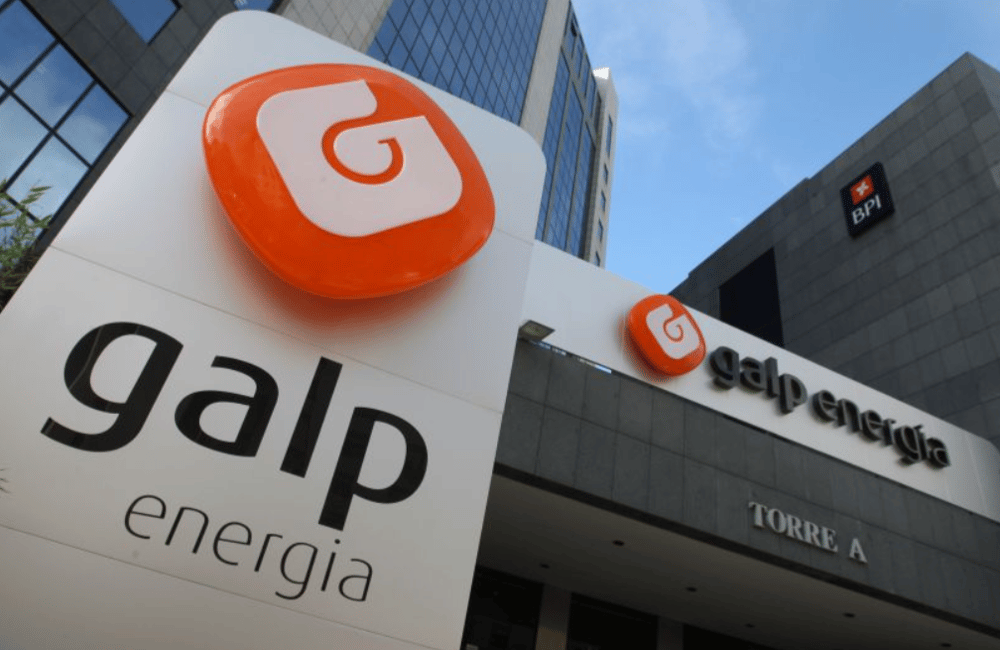

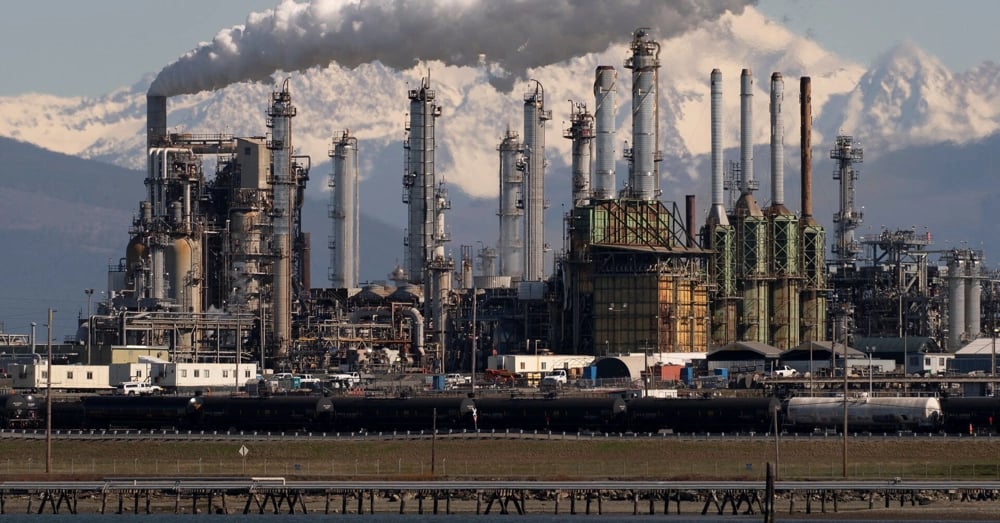




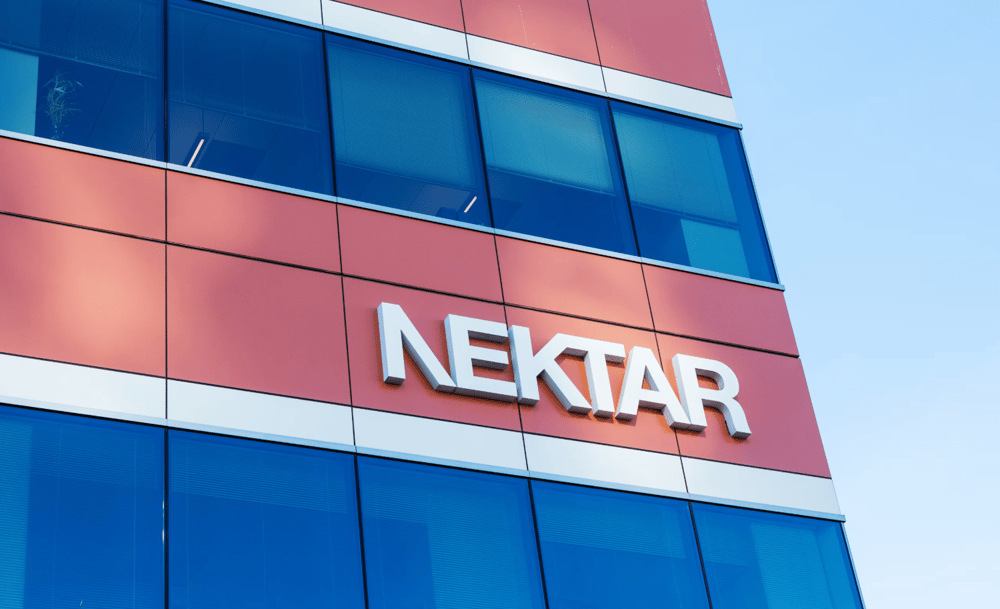

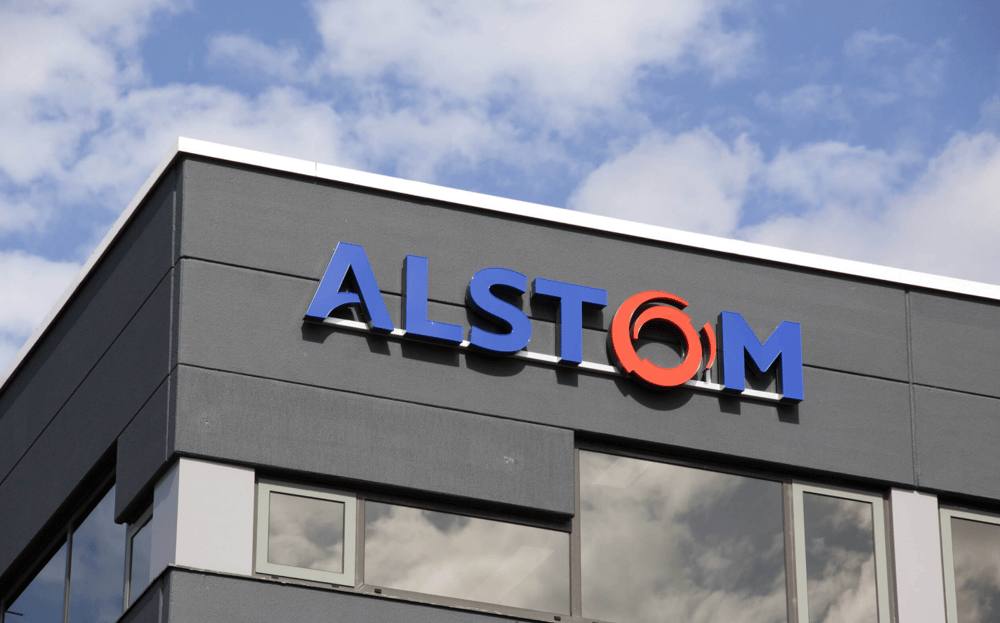

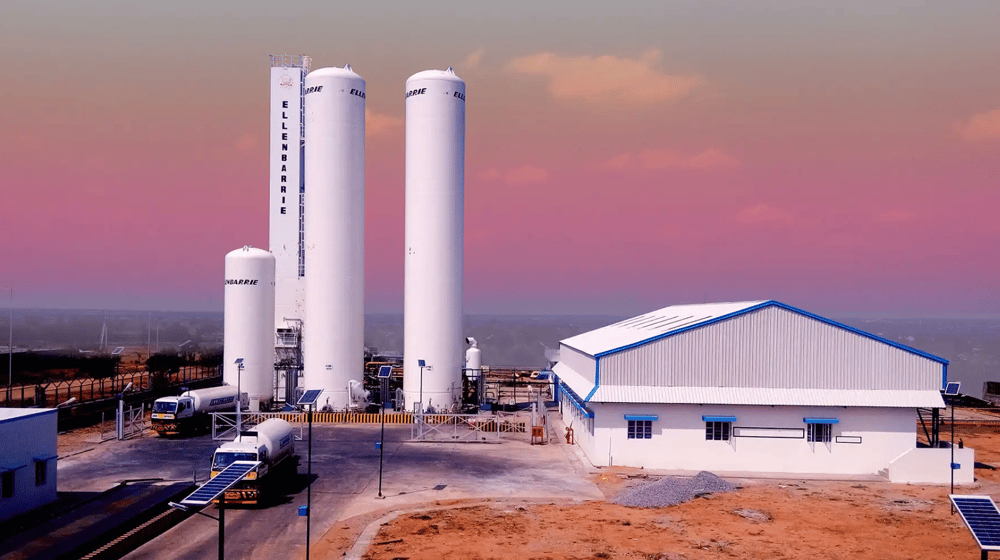

Comments